Our lives today are incredibly convenient, thanks to a constant stream of technological advancements and readily available services. This ease, however, has subtly reshaped our relationship with our homes and the tasks required to maintain them. Chores that were once commonplace, even essential, have gradually faded from our routines, replaced by a “set it and forget it” mentality or the simple act of outsourcing.
While we might not miss the elbow grease, some of these forgotten tasks offered benefits beyond just cleanliness—they fostered a deeper connection to our living spaces, taught valuable skills, and sometimes even provided a moment of mindful activity. Let’s dust off the memory of 14 household chores that have largely vanished from modern life, and consider if there’s anything to gain from their revival.
1. Polishing Silver
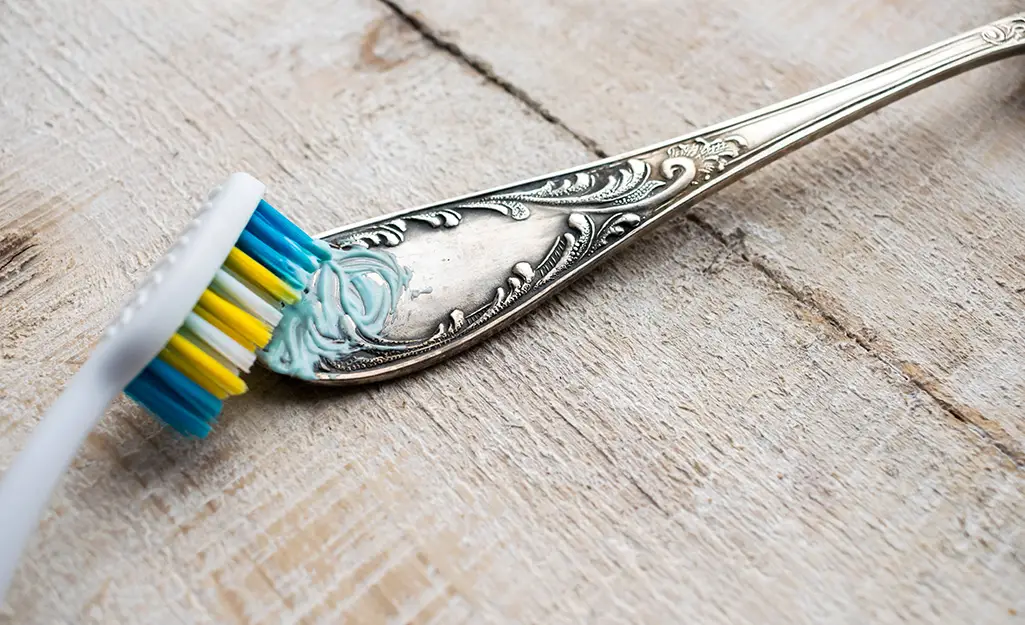
Before the widespread adoption of stainless steel and more casual dining habits, a household’s silver flatware and serving pieces were often a prized possession, brought out for special occasions. The chore of meticulously polishing each piece, removing tarnish to restore its brilliant shine, was a regular ritual for many, ensuring the silver always looked its best. It was a painstaking task that yielded visibly rewarding results.
This chore wasn’t just about aesthetics; it was about maintaining valuable heirlooms and preparing for formal gatherings. The process itself could be quite meditative, a quiet moment of focus. As noted by Good Housekeeping, silver polishing was a frequent mention in household manuals and magazines throughout the 19th and early 20th centuries, emphasizing its importance in maintaining a well-appointed home. With fewer households owning extensive silver collections and a general shift towards less formal entertaining, the art of silver polishing has largely been lost, replaced by dishwasher-safe alternatives and professional cleaning services for the few who still possess true silver.
2. Sharpening Knives by Hand
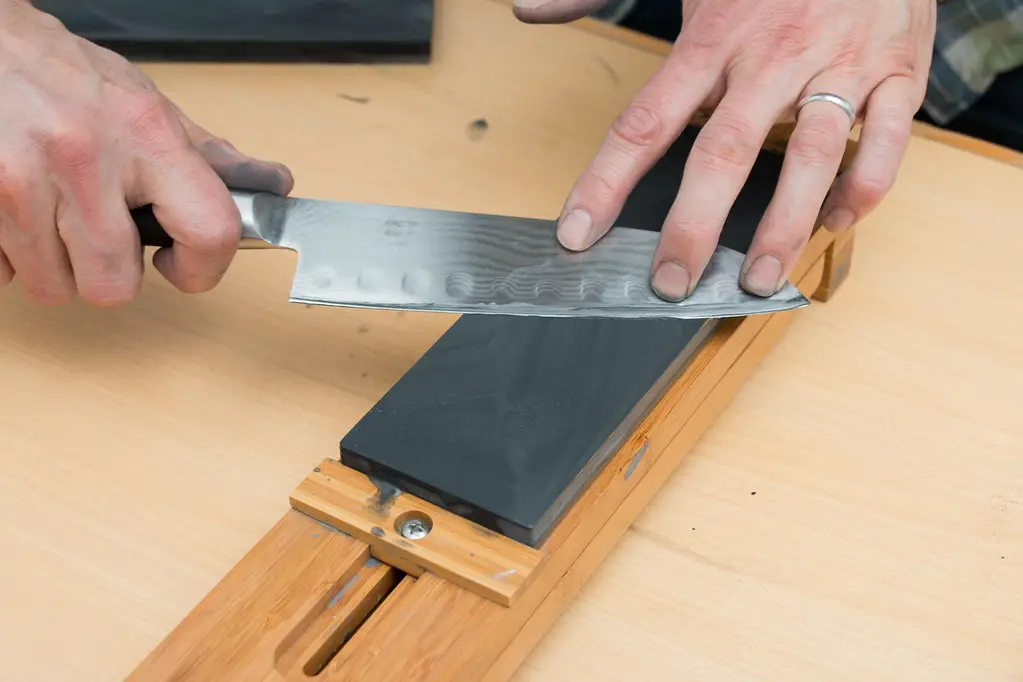
A truly sharp knife is a joy to use in the kitchen, making prep work safer and more efficient. For generations, this meant regularly sharpening knives by hand using a whetstone or a sharpening steel, a skill passed down through families. It required a steady hand, a good eye, and an understanding of blade angles to achieve a razor-sharp edge.
Mastering knife sharpening was a mark of a capable home cook, ensuring that kitchen tools were always at their peak performance. It also extended the life of valuable knives, preventing dull blades from being discarded. According to America’s Test Kitchen, the practice of hand-sharpening kitchen knives was a fundamental skill for home cooks well into the mid-20th century, before specialized electric sharpeners became widely available, stressing the importance of a keen edge for both safety and efficiency. While electric sharpeners and professional knife services exist, the mindful practice of hand-sharpening has become a rarity, leading many to struggle with dull, inefficient knives.
3. Beating Rugs
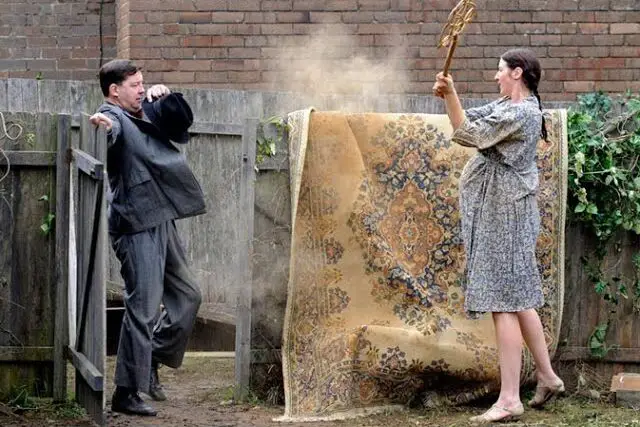
Before the invention of the vacuum cleaner, and even long after its advent for heavily soiled rugs, the chore of beating rugs outdoors was a common, often vigorous, activity. Rugs would be hung over a clothesline or railing, and a rug beater (a specialized tool resembling a tennis racket) would be used to forcefully dislodge dust, dirt, and debris that had settled deep within the fibers. It was a surprisingly effective way to clean.
This chore was a full-body workout and a visible testament to the amount of dust accumulated indoors. The clouds of dirt that emerged were a clear indication of a job well done. As highlighted by Apartment Therapy, rug beating was a regular and necessary household task before powerful vacuum cleaners became common, particularly in spring cleaning rituals to air out and de-dust textiles that had accumulated grime over the winter. Modern vacuum cleaners, especially those with powerful suction and HEPA filters, have made this physically demanding chore obsolete, though some argue that a good beating still gets out more deeply embedded grime.
4. Hand Washing Delicate Laundry
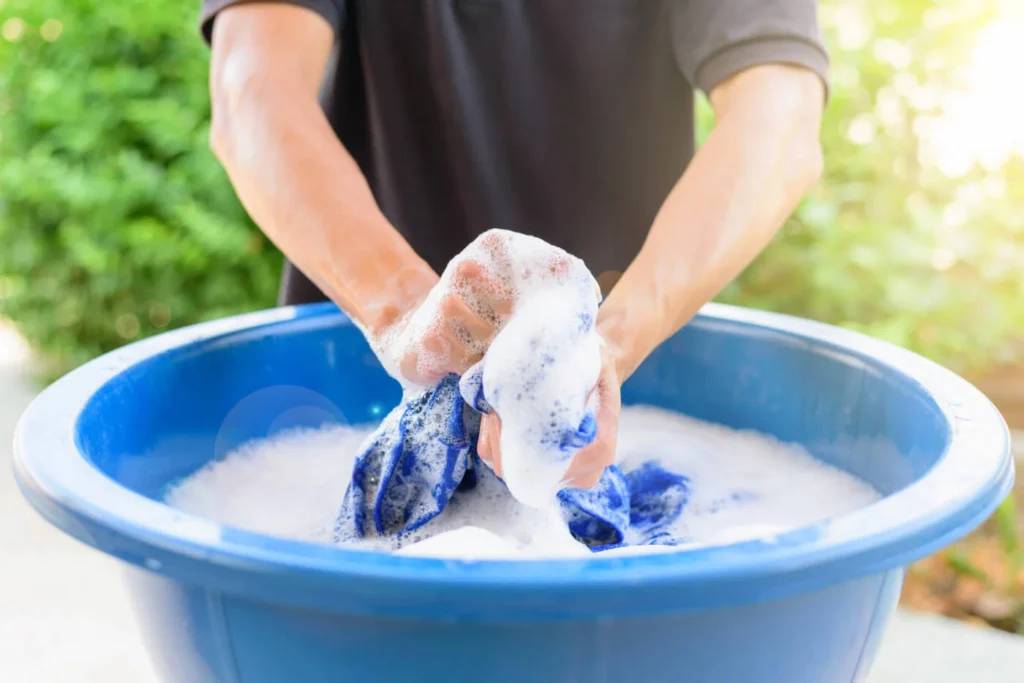
While washing machines are a blessing, there was a time when all delicate garments—from silk blouses to wool sweaters—were meticulously hand-washed. This involved soaking, gentle agitation, rinsing, and careful drying, often laid flat to prevent stretching. It required patience and a gentle touch to preserve the fabric.
Hand washing fostered a direct connection to one’s clothing, encouraging care and mindfulness in extending the life of garments. It was an act of preserving quality and craftsmanship. Recollections, in its discussions of 19th-century domestic life, often mentions the laborious process of hand-washing delicate items, which was a significant part of a housekeeper’s duties, underlining the care taken to preserve valuable textiles. The convenience of “delicate cycles” on washing machines and the prevalence of dry cleaning or machine-washable synthetics have largely eliminated the need for this meticulous and time-consuming chore, leading to less engagement with garment care.
5. Scrubbing Floors on Hands and Knees
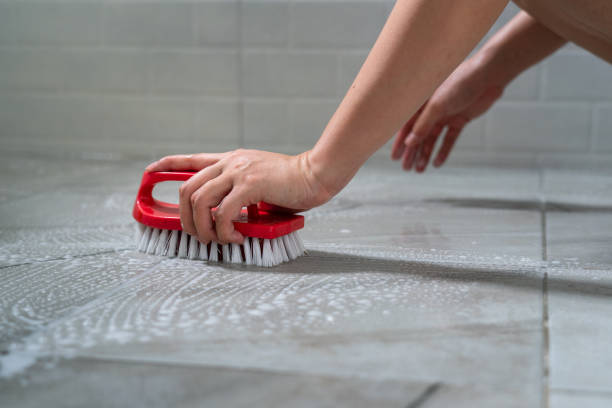
Before the days of mops with built-in scrubbers, steam mops, or robot cleaners, truly clean floors in kitchens and bathrooms often meant getting down on your hands and knees with a bucket of soapy water and a brush. This intensive scrubbing ensured every nook and cranny was reached and grime was thoroughly removed. It was a laborious but effective way to achieve sparkling clean surfaces.
This method ensured a deep, thorough clean that a quick mop sometimes misses, reaching into grout lines and corners. It was a tangible demonstration of effort in maintaining a spotless home. While effective, the sheer physical demands and time commitment have made this chore a rare sight, replaced by more convenient, though perhaps less rigorous, cleaning tools and methods.
6. Waxing Hardwood Floors
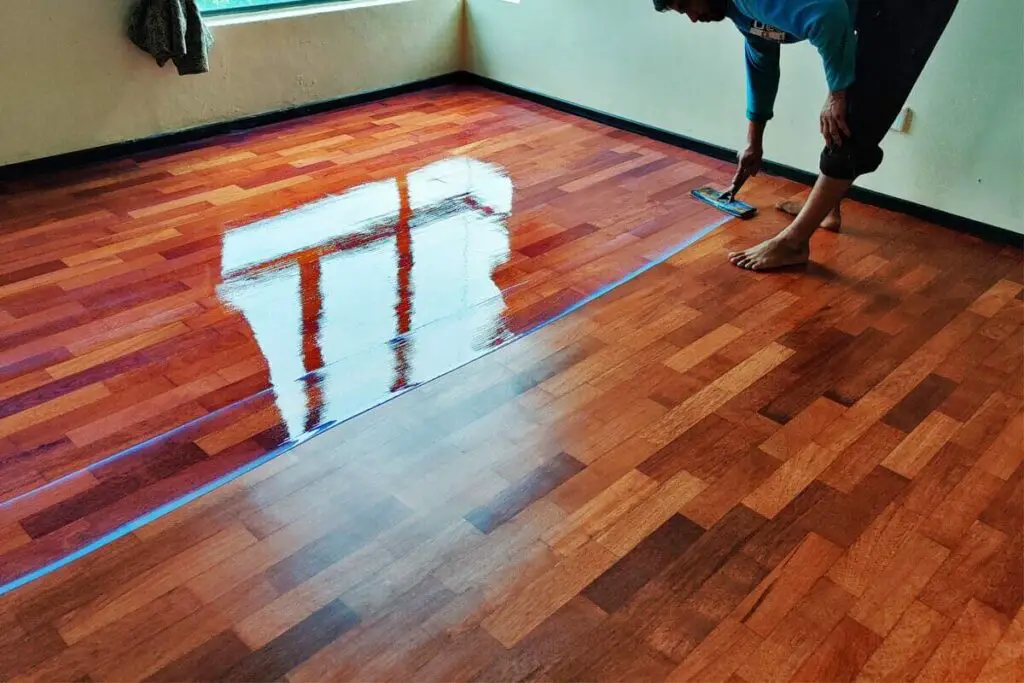
For generations, maintaining the luster and protecting hardwood floors involved regular waxing. This multi-step process included cleaning the floor, applying a thin layer of paste or liquid wax, allowing it to dry, and then buffing it to a high shine. It was a labor of love that created a beautiful, protective sheen.
Waxing not only made floors look stunning but also helped to seal and protect the wood from wear and tear, extending its lifespan. It gave floors a rich, deep glow that modern polyurethane finishes often mimic but can’t quite replicate. The advent of low-maintenance, pre-finished hardwood and laminate floors has largely eliminated the need for this once-common chore, as these surfaces require simpler cleaning.
7. Darning Socks and Mending Clothes
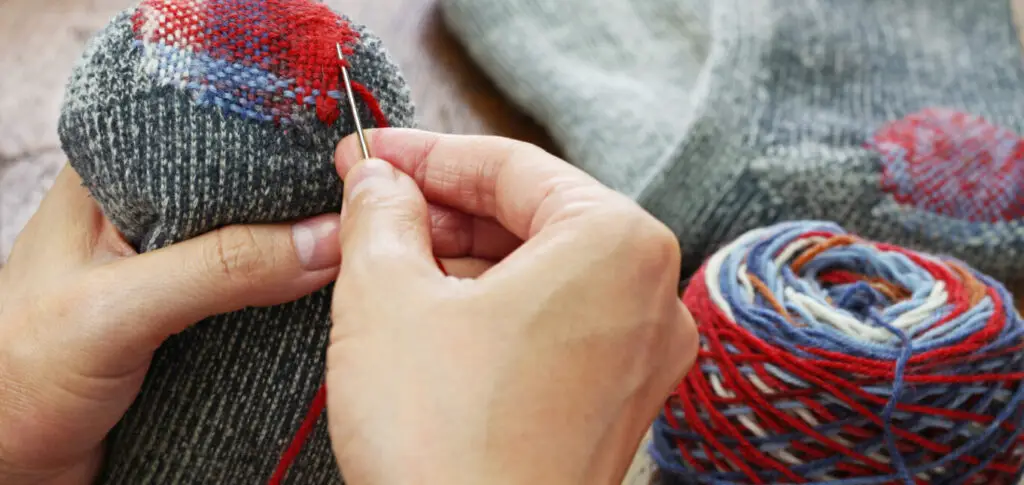
In an era when resources were scarcer and consumerism less rampant, mending clothes, rather than replacing them, was a common household chore. Darning socks (repairing holes with needle and thread) and patching torn garments were essential skills, ensuring clothing lasted as long as possible. It was an act of frugality and resourcefulness.
Mending clothes fostered a practical understanding of textiles and basic sewing skills. It instilled a value for possessions and reduced waste, embodying a “make do and mend” philosophy. The affordability of new clothing and the decline of home economics education have made mending a nearly lost art for many, contributing to a more disposable approach to fashion.
8. Canning and Preserving Produce
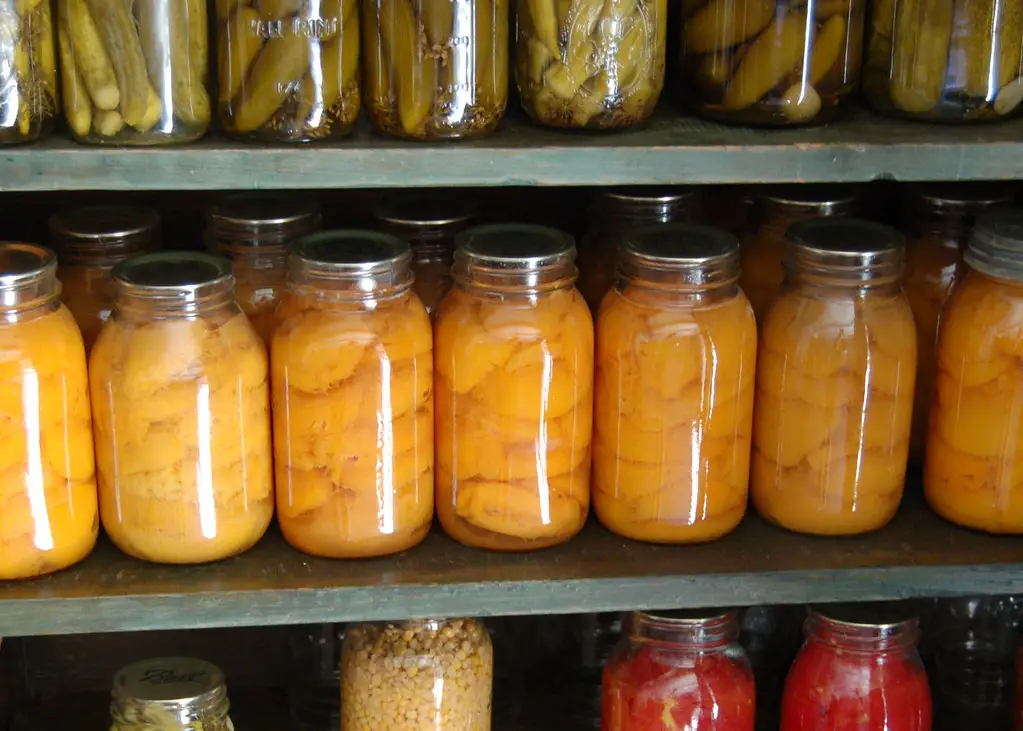
Before year-round availability of fresh produce and efficient freezing technologies, canning and preserving fruits and vegetables from the garden or local farms was a crucial seasonal chore. This involved sterilizing jars, preparing ingredients, and sealing them in boiling water baths, ensuring a supply of food through the leaner months. It was a vital skill for self-sufficiency.
Canning connected households directly to the food cycle, providing fresh, homegrown flavors long after the harvest. It fostered a sense of accomplishment and food security. While a resurgence in home canning exists among hobbyists, the widespread availability of commercially canned, frozen, and out-of-season fresh produce has largely made this intensive chore unnecessary for most modern households.
9. Churning Butter
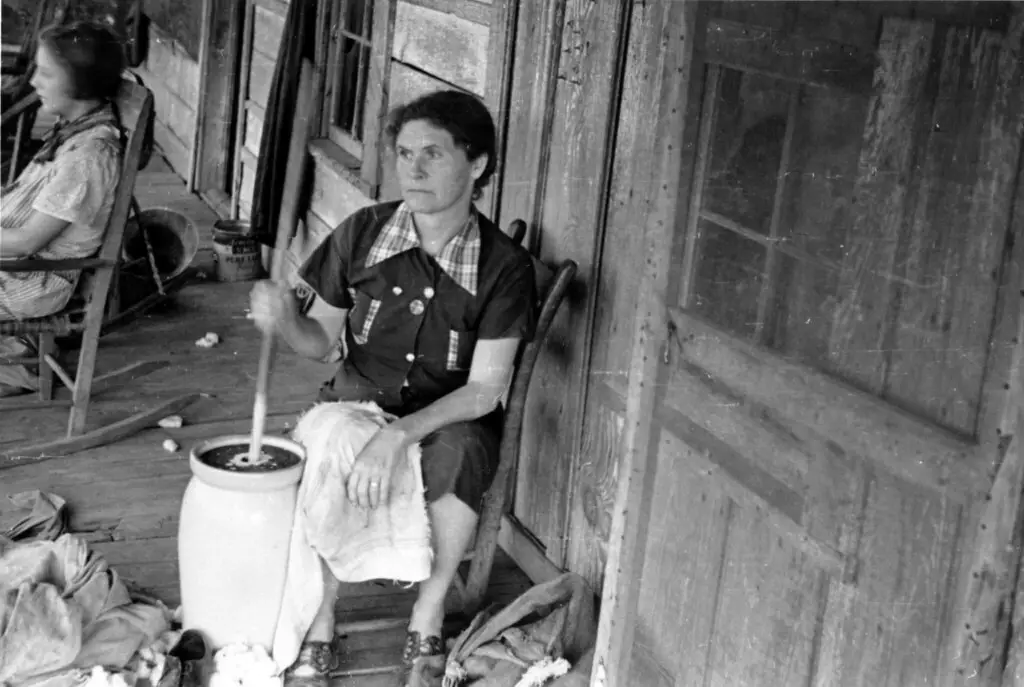
For those with access to fresh cream, churning butter was a regular and rewarding chore. This involved agitating cream, often in a simple churn, until the fat molecules separated and solidified into butter, leaving behind buttermilk. It was a direct way to produce a fresh, flavorful dairy product at home.
Making your own butter offered unparalleled freshness and allowed for control over ingredients, often yielding a richer, more flavorful product than store-bought. It connected individuals to the historical processes of food production. With the mass production and easy availability of commercial butter, home butter churning is now a niche activity for homesteaders and culinary enthusiasts.
10. Scrubbing Bathtubs with Harsh Cleaners and Brushes

Achieving a truly sparkling bathtub used to involve a good deal of elbow grease, often with strong abrasive cleaners and stiff brushes. This hands-on scrubbing was necessary to remove soap scum, mildew, and hard water stains from porcelain and tile surfaces, ensuring a hygienic bathing environment. It was a tough but necessary chore.
This rigorous scrubbing ensured a deep clean, reaching into grout lines and textured surfaces that spray-and-wipe methods might miss. It was a physically demanding chore that yielded a visibly clean result. Modern cleaning products, including foaming sprays and gels that require less scrubbing, along with more resistant surfaces, have significantly reduced the need for such intensive manual scrubbing.
11. Hand-Washing Dishes (Daily for All Meals)
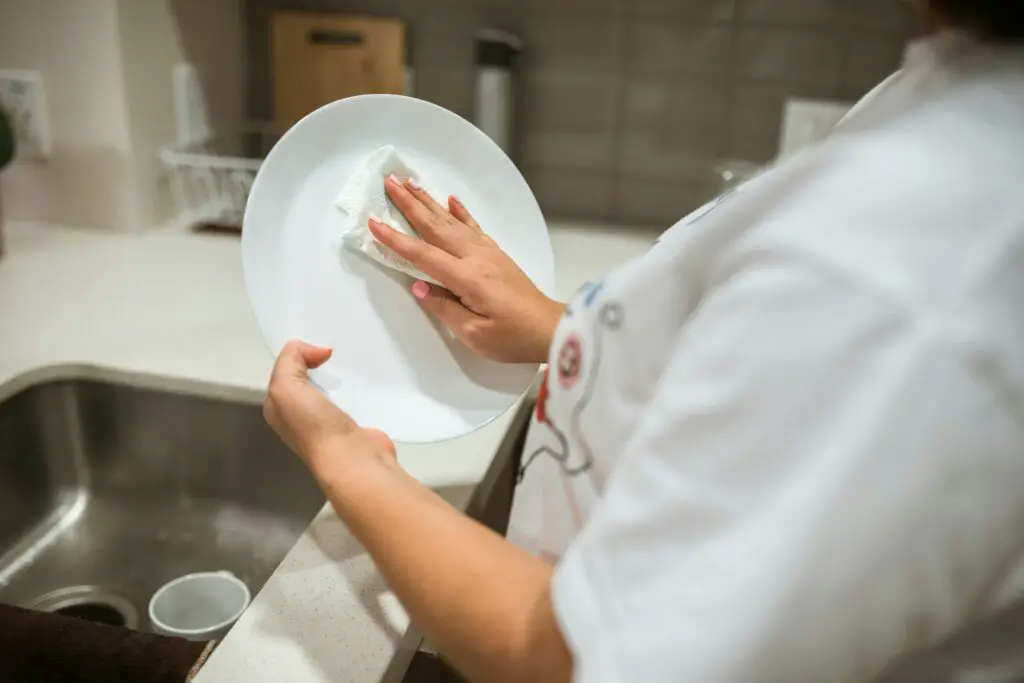
While many homes now boast dishwashers, there was a time when every single dish, pot, and utensil from every meal was washed by hand. This involved scraping, washing in hot soapy water, rinsing, and often drying by hand, a continuous cycle of cleaning that dictated much of kitchen life. It was a constant presence after every meal.
Daily hand-washing fostered a routine and an immediate tidiness in the kitchen, preventing dishes from piling up. It also often involved family participation, with different roles for washing, rinsing, and drying. The advent of the dishwasher has dramatically reduced the time and effort spent on this chore, making daily communal dishwashing a rarity in many households.
12. Airing Out Bedding and Mattresses

Before sophisticated ventilation systems and powerful vacuum cleaners, regularly airing out bedding and mattresses was a common practice to keep them fresh and free of dust mites. This often involved stripping beds, hanging blankets and comforters outdoors on a line to sun and air, and even carrying mattresses outside to be beaten and aired on a sunny day. It was a fundamental aspect of bedroom hygiene.
Airing bedding naturally sanitized and refreshed materials, reducing odors and allergens without chemicals. It was a natural and effective way to maintain a healthy sleep environment. Modern laundry practices, mattress protectors, and the ease of vacuuming have made this outdoor airing ritual largely unnecessary for most, though some still appreciate the benefits of fresh air and sunshine.
13. Dusting with a Feather Duster (Daily)

In many homes of yesteryear, the feather duster was a daily tool, used for a quick flick and swipe over furniture and surfaces to keep visible dust at bay. While not a deep clean, this frequent, light dusting was a common habit to maintain a neat appearance and prevent significant dust buildup between more thorough cleanings. It was a continuous battle against settled particles.
Daily dusting fostered a consistent habit of tidiness and immediate attention to cleanliness. It kept surfaces looking presentable and prevented layers of dust from accumulating. Modern micro-fiber cloths, electrostatic dusters, and more powerful vacuum cleaners that capture dust more effectively have made the daily feather duster ritual far less common, though some still prefer its quick convenience.
14. Repairing Appliances (Rather Than Replacing)
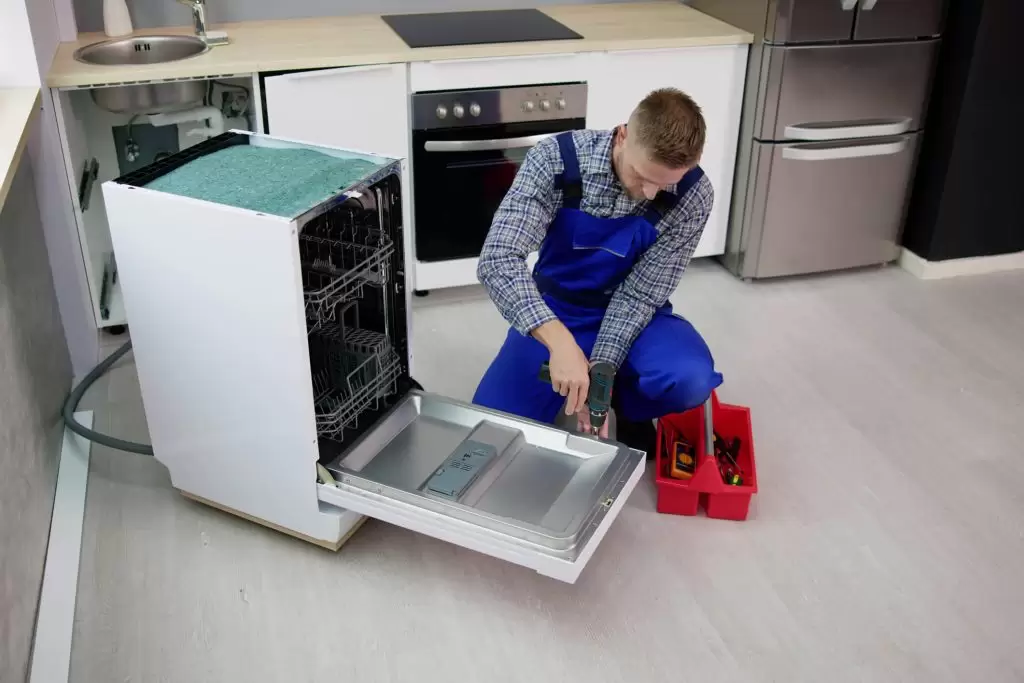
In an era before planned obsolescence and readily available affordable electronics, when a household appliance broke down, the first instinct was often to repair it rather than replace it. Homeowners would consult repair manuals, order parts, and spend hours troubleshooting and fixing everything from toasters to washing machines. It was an act of economic necessity and self-reliance.
Repairing appliances fostered a deeper understanding of how things work and empowered individuals to maintain their possessions. It promoted frugality and reduced waste. The declining cost of new appliances, the increasing complexity of electronics, and the rise of specialized repair services (or lack thereof for many common items) have made DIY appliance repair a dying art for the average household.
